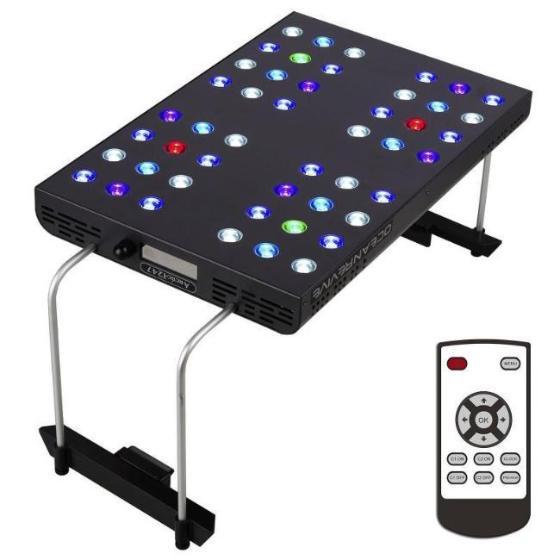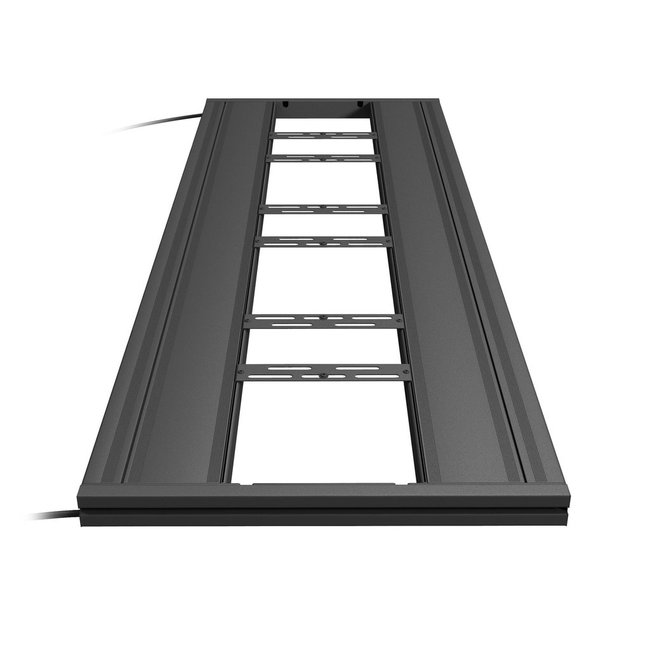Question about par levels.
If I have two lights of equal par (per the manufacture specs), will the effective par at a particular level be double the level of just one of those lights or is there more math to consider?
If I have two lights of equal par (per the manufacture specs), will the effective par at a particular level be double the level of just one of those lights or is there more math to consider?


















